What are some types of bait you can use for fishing?

Worms, leeches, minnows and insects. Flashy lures are also a good addition to ensure a bite.
Fishing bait is one of the most important parts of an angler’s entire setup. It doesn’t matter if you’re chasing world records or just hooking something for dinner, it’s your bait that will tempt it onto the hook. Get it right, and you’re in for a fight. Get it wrong, and the fish will ignore or even actively avoid you.
How many Great Lakes are there? What are their names?

Hint: The lake names make up the mnemonic "HOMES".
There are five Great Lakes, made up by Huron, Ontario, Michigan, Erie and Superior.
The Great Lakes — Superior, Michigan, Huron, Erie and Ontario — and their connecting channels form the largest fresh surface water system on earth. They cover more than 94,000 square miles and hold an estimated six quadrillion gallons of water – about one-fifth of the world’s fresh surface water supply and nine-tenths of the U.S. supply. The system is invaluable as the source of drinking water for more than 40 million people in the U.S. and Canada.
How many stars and stripes were on the original US flag?

Thirteen!
The Continental Congress was meeting in Philadelphia when a somewhat obscure militia Colonel from Virginia came forward in his uniform and volunteered to take command of the troops outside of Boston. That Colonel was George Washington. The Grand Union or The Continental as it was called was the first flag under which continental soldiers fought. It uses the alternating red and white stripe pattern similar to the Sons of Liberty Flag only there are 13 stripes signifying the 13 colonies.
What should you do if you encounter a Grizzly Bear?
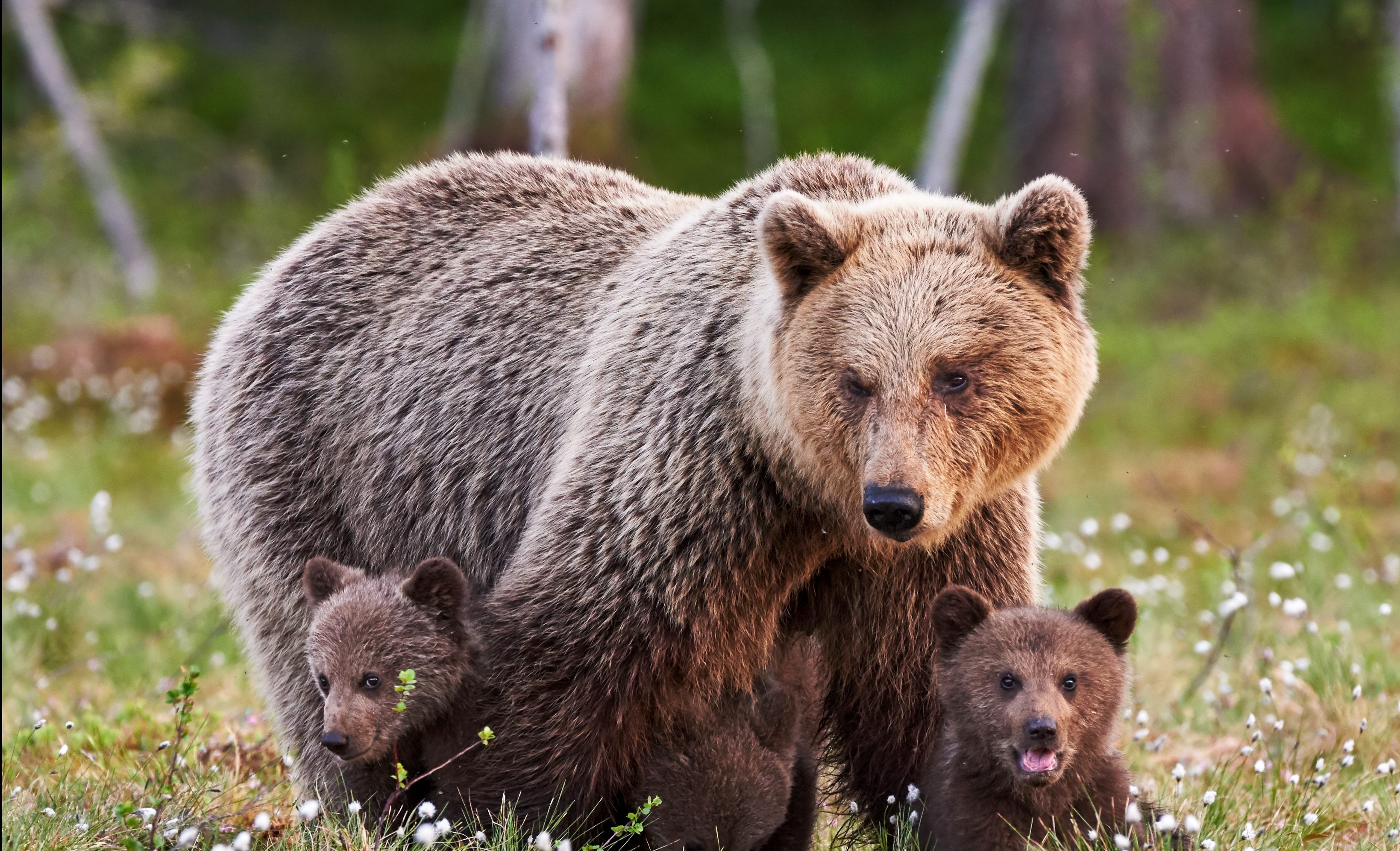
If you see a grizzly bear: stay calm with no loud or sudden movements, speak to it to let it know you're a human and not prey, back away slowly and make yourself appear big (pick up small children and stay in a group).
Bears travel the same trails people do, on the path of least resistance. You can help protect these animals by avoiding encounters with them. Avoid travelling in high quality bear habitat at key times of year. Make noise! Let bears know you are there. Call out, clap hands, sing or talk loudly especially near streams, dense vegetation and berry patches, on windy days, and in areas of low visibility. Watch for fresh bear signs. Tracks, droppings, diggings, torn-up logs and turned-over rocks are all signs that a bear has been in the area. Leave the area if the signs are fresh.
Where do dragonflies live?

Dragonflies live on every continent except Antarctica. They can be found wherever there’s clean, fresh water, including ponds, lakes, rivers, streams, and wetlands.
Dragonflies may only buzz around in the summer in most parts of the U.S., but they are busy year round. Dragonflies lay their eggs in the water and spend most of their life cycle as “naiads” under water before developing wings and emerging as adults.
True or False: Fly fishing is the sport of fishing using a rod and an artificial fly as bait.
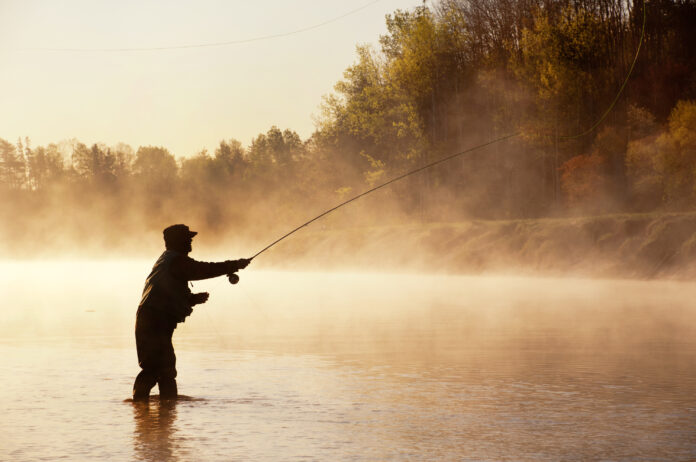
True!
Fly fishing is an angling technique that uses an ultra-lightweight lure called an artificial fly, which typically mimics small invertebrates such as flying and aquatic insects to attract and catch fish. Because the mass of the fly lure is insufficient to overcome air resistance, it cannot be launched far using conventional gears and techniques, so specialized tackles are used instead and the casting techniques are significantly different from other forms of angling. It is also very common for the angler to wear waders, carry a hand net, and stand in the water when fishing.
True or False: To be considered a lake, a body of water must connect to a larger body of water.
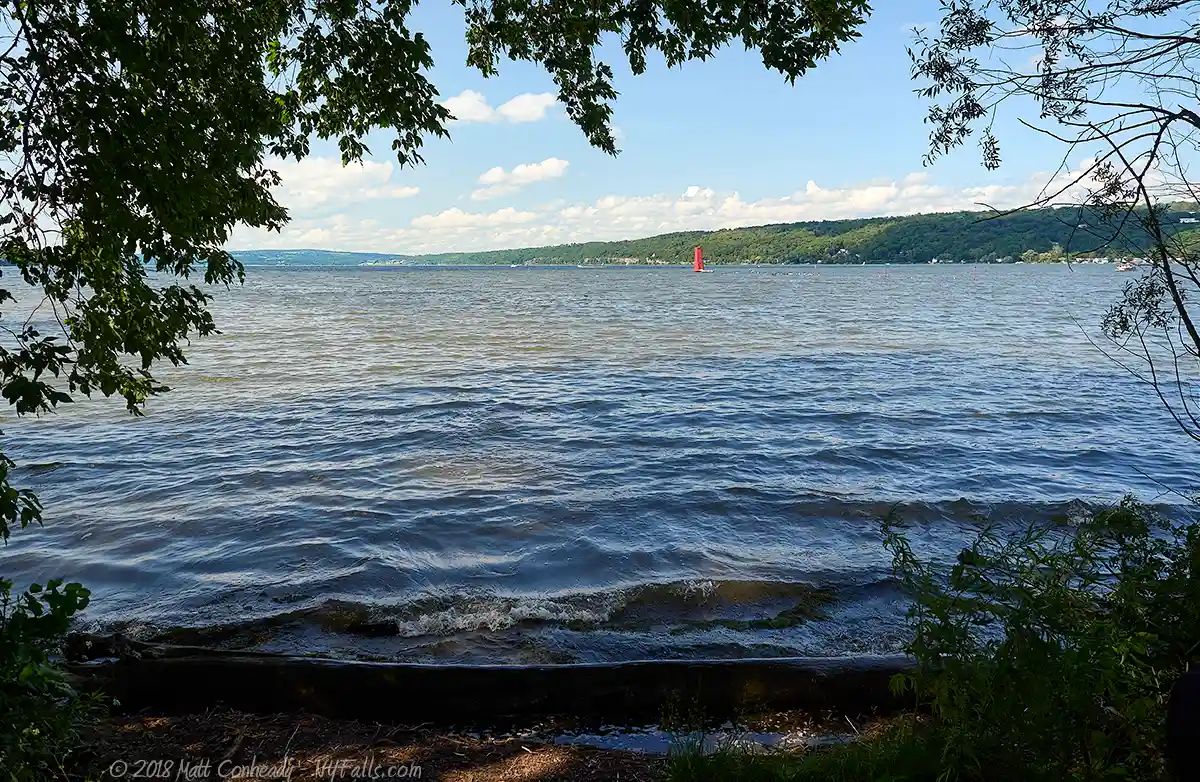
False! A lake is enclosed on all sides by land and does not connect to a larger body of water.
The Caspian Sea, while being landlocked is not considered to technically be a lake. But for 20 years Azerbaijan, Iran, Kazakhstan, Russia and Turkmenistan, which surround it, have disagreed over whether it is a lake or a sea. Like many lakes, it does not feed into an ocean, but it is sea-like in its size and depth. The distinction is not merely semantic, but has economic, military and political implications. Lakes’ surfaces and beds are divided up equally by bordering countries. Seas are governed by the UN’s Law of the Sea. The surface and bed are allotted, nearer to shore, according to the length of relevant coastline.
True or False: Alaska was the last country to add it's star to the American flag.
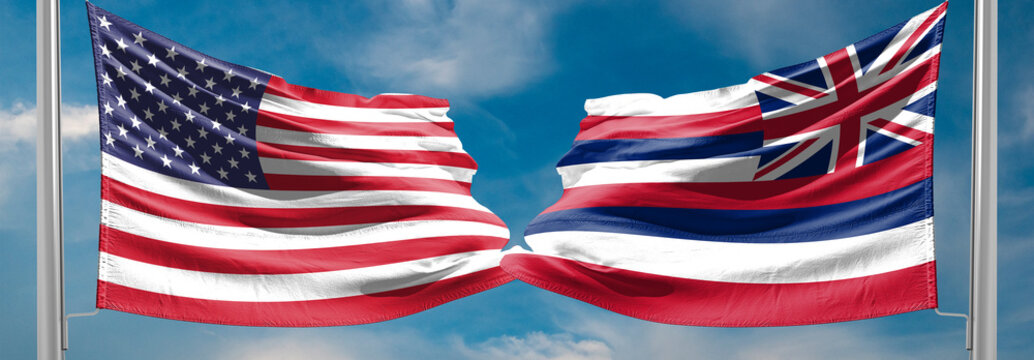
False, it was Hawaii!
A New Old Glory. The 50 stars now include both Alaska and Hawaii. August 23, 1959. Evening Star (Washington, DC), Image 31. Chronicling America: Historic American Newspapers. Although Alaska and Hawaii were United States territories in the late 19th century, they were not admitted to the union until 1959. In January 1959, Alaska became the 49th state admitted to the union. Over half a year later, Hawaii joined as the 50th state. With their addition to the United States, the 50-star flag became the official flag of the United States.
True or False: Approximately 45 million Americans go hiking each year.

True
Some of the best places to hike in the United States are Glacier National Park, Zion National Park, Grand Teton, Mammoth Lakes, Yosemite, Rocky Mountain National Park, the Grand Canyon, Pisgah, Olympic National Park and Pictured Rocks National Lakeshore.
True or False: For the majority of their lives, most dragonflies are aquatic.
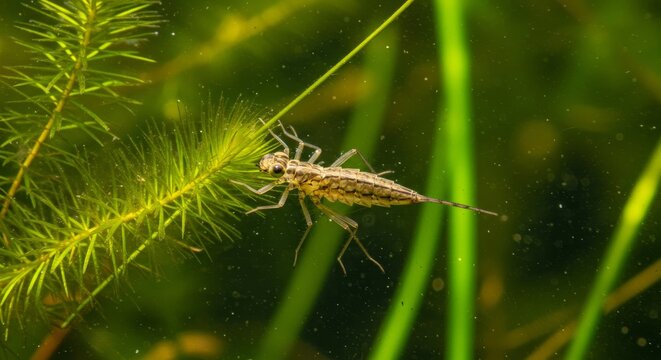
True!
Before growing into their familiar, flying form, baby dragonflies live in the water. In their larval stage, the aquatic dragonflies eat just about anything—tadpoles, mosquitoes, fish, other insect larvae and even each other. This phase typically lasts one to three years—some species, however, are aquatic for just weeks or months, while others might remain as larvae for half a decade. At the end of its larval stage, a dragonfly crawls out of the water; then, its exoskeleton cracks open and releases its abdomen, which had been packed in like a telescope. Its four wings come out, and the body dries and hardens over the next several hours.
What is the act of putting a caught fish back into the water called?
a. Trap and Free
b. Tag and Return
c. Hook and Loose
d. Catch and Release
d. Catch and Release
Catch and release fishing is a type of recreational fishing where anglers immediately release a fish back to the water where it was caught. It's a great conservation strategy, but simply letting a fish go does not guarantee it will live. The actions you take before, during, and after you land a fish can improve the chances of survival, keep fish populations healthy, and keep fishermen fishing.
Besides Earth, what other celestial body has surface lakes in our Solar System?
a. Pluto
b. Saturn's Moon
c. The Sun
d. Venus
b. Saturn's Moons
Titan, which is the largest moon of Saturn, has lakes and rivers on its surface. Unlike Earth, the rivers and lakes and streams on Titan are made out of methane and ethane. But very much like Earth, there’s what we call a hydrologic cycle. So methane can move back and forth between the surface and the atmosphere. At other points in solar system history, we do think that other worlds also had lakes and streams. Mars, for example, we know, had a lot of liquid water on its surface earlier in its history.
How many American flags are on the moon?
a. 1
b. 6
c. 10
d. 15
b. 6
A total of six flags have been planted on the Moon – one for each US Apollo landing. Unfortunately, Apollo 11's flag was too close to the landing module and was knocked over by the exhaust when the module launched again. More recently, higher resolution images from the Lunar Reconnaissance Orbiter show that the other five remain standing. The flags were made of ordinary nylon, so they have all long since been bleached white by the Sun's UV radiation.
What is the longest hiking trail in America?
a. Great Western Trail
b. Appalachian Trail
c. Iditarod Trail
d. American Discovery Trail
d. American Discovery Trail
The American Discovery Trail creates a coast to coast route across the USA connecting people with rural and urban areas, wilderness, desert mountains and forests, with other trails, and with each other. It is generally split into four regions, Eastern, Central – Northern Route, Central – Southern Route, Western. Coast-to-coast, the northern route is about 4,834 miles and the southern route is about 5,057 miles.
How fast are dragonflies capable of flying?
a. 10 mph
b. 35 mph
c. 50 mph
d. 100 mph
b. 35 mph
Dragonflies are expert fliers. They can fly straight up and down, move forward and backward, hover like a helicopter and even mate in midair. Dragonflies rank among the world’s fastest flying insects and their aerial prowess is a crucial survival skill. If a dragonfly can’t fly, it will starve, because the insects only eat prey they catch while flying. But they’re resilient: a dragonfly can be missing an entire wing and still capture prey.
What are some other types of fishing besides traditional fishing in calm, warm, still waters?
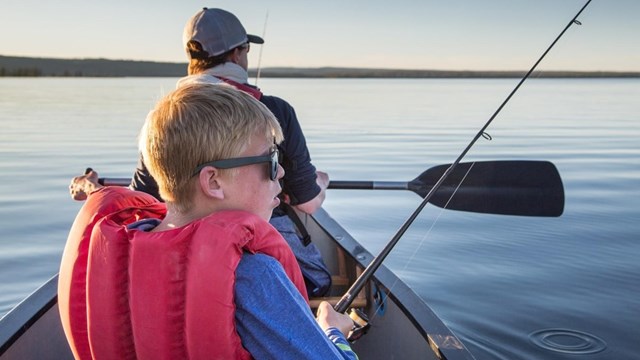
Some types are angling, drop lining, fly fishing, ice fishing, kite fishing, netting, spearfishing and trapping.
At the turn of the 21st century, sport fishing was thriving. It was estimated that about 40 million Americans spent at least one day per year fishing, and their combined expenditures on tackle, travel, and lodging pumped approximately $45 billion annually into the U.S. economy. The greater availability of air travel has increased anglers’ access to many areas of the world and introduced them to new sport fish, such as the dorado of South America, the tigerfish of Africa, and the inconnu of northern North America and Asia. Hardly a species of any importance does not have its angling devotees somewhere. Even the carp, long considered a “trash fish” in North America, has a considerable following.
What lakes make up the Finger Lakes?

What lake are we closest to at Kendal?
Otisco, Skaneateles, Owasco, Cayuga, Seneca, Keuka, Canandaigua, Honeoye, Canadice, Hemlock, and Conesus Lakes make up the Finger Lakes. We are closest to Cayuga at Kendal!
At the end of the last ice age, over one hundred-thousand years ago, massive glaciers advanced southward from Canada, carving deep trenches in the earth. As the earth warmed and the glaciers receded, the trenches filled with water and formed what we now know as the Finger Lakes. The eleven Finger Lakes range in length from 40 miles (Cayuga Lake) to only 3 miles (Canadice Lake) and in depth from 618 feet (Seneca Lake) to just 30 feet (Honeoye Lake), and are beloved for their natural beauty. The deep waters of the largest lakes, combined with the steep slopes of their hillsides, create a “micro-climate” ideal for wine production, which attracts wine makers and enthusiasts from all over the world to the region.
What should you do with a flag which has become too old and tattered to fly anymore?
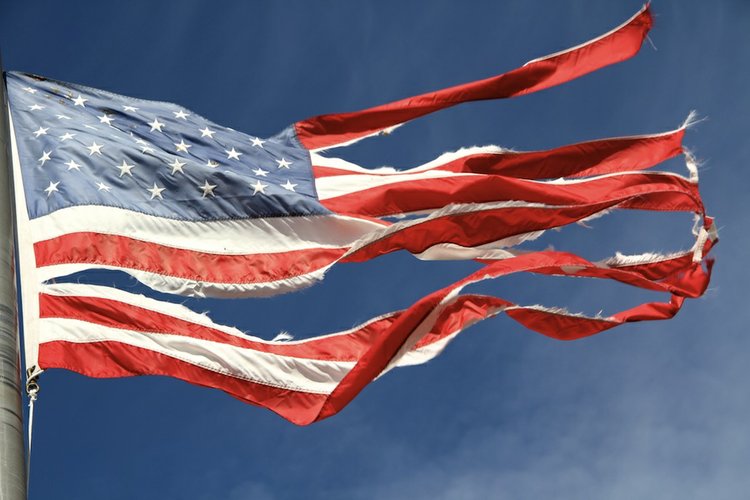
Burn or bury it.
The American Legion passed a resolution about flag retirement ceremonies in 1937, and they've been an important ritual ever since. According to the resolution, "The approved method of disposing of unserviceable flags has long been that they be destroyed by burning." The U.S. flag is considered such a sacred symbol that burning it in an undignified manner constitutes desecration. That's why the ceremonies are held in a specific manner. Every year on June 14, Americans celebrate Flag Day. Not surprisingly, it's considered the most appropriate day to hold flag disposal ceremonies, which are often held at night.
What are some important things to bring for hiking?

The ten essential things to bring for hiking are navigational systems like a map or compass, headlamp and/or flashlight, sun protection, first aid, knife, fire starters, shelter supplies and extra food, water and clothes.
"Day hiking" simply means any hiking outing that can be done in a day, as opposed to a multiday excursion like a backpacking trip or a thru-hike. A day hike can be a stroll around your local city park or a 4-hour trek up your nearest mountain. Whether it's 2 hours or 12, getting outdoors and experiencing nature offers profound mental and physical benefits.
What flying pest can dragonflies eat upwards of 100 per day of?
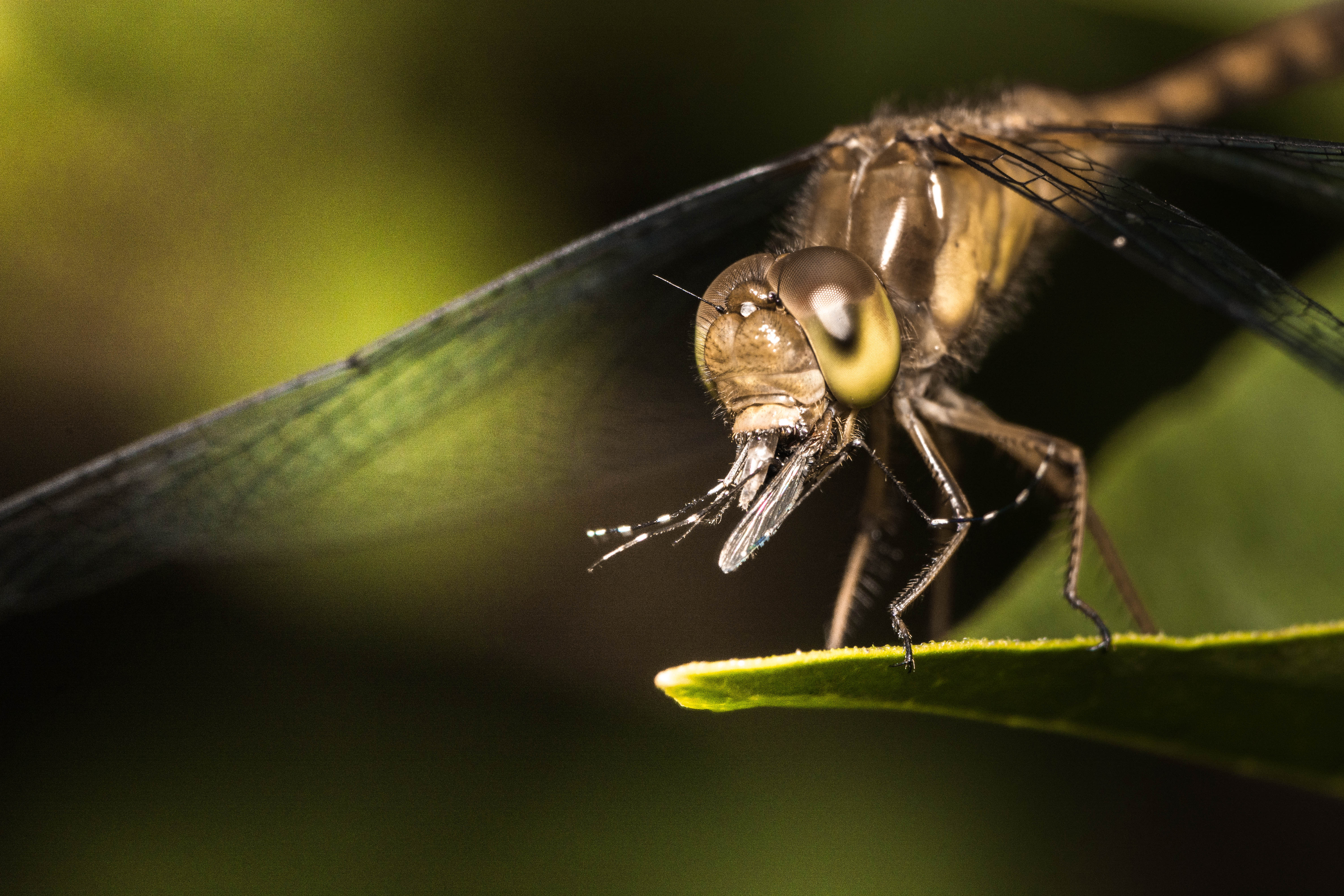
Hint: They are known to spread malaria and yellow fever.
Mosquitoes!
Dragonfly nymphs live in the water and usually hang out on aquatic vegetation waiting for their prey, which is virtually any animal small enough to grab. When prey gets close enough, the nymph unfurls its labium (mouthpart that shoots out past the head) to capture its prey. Larger dragonfly nymphs may even eat minnows or tadpoles. Adult dragonflies will also eat any insect they can catch. While they usually eat mosquitoes and midges, they’ll also eat butterflies, moths, bees, flies and even other dragonflies. Larger dragonflies will eat their own body weight in insect prey every day.
What are some of the biggest fish which could be caught fishing? What is the biggest fish you've caught?
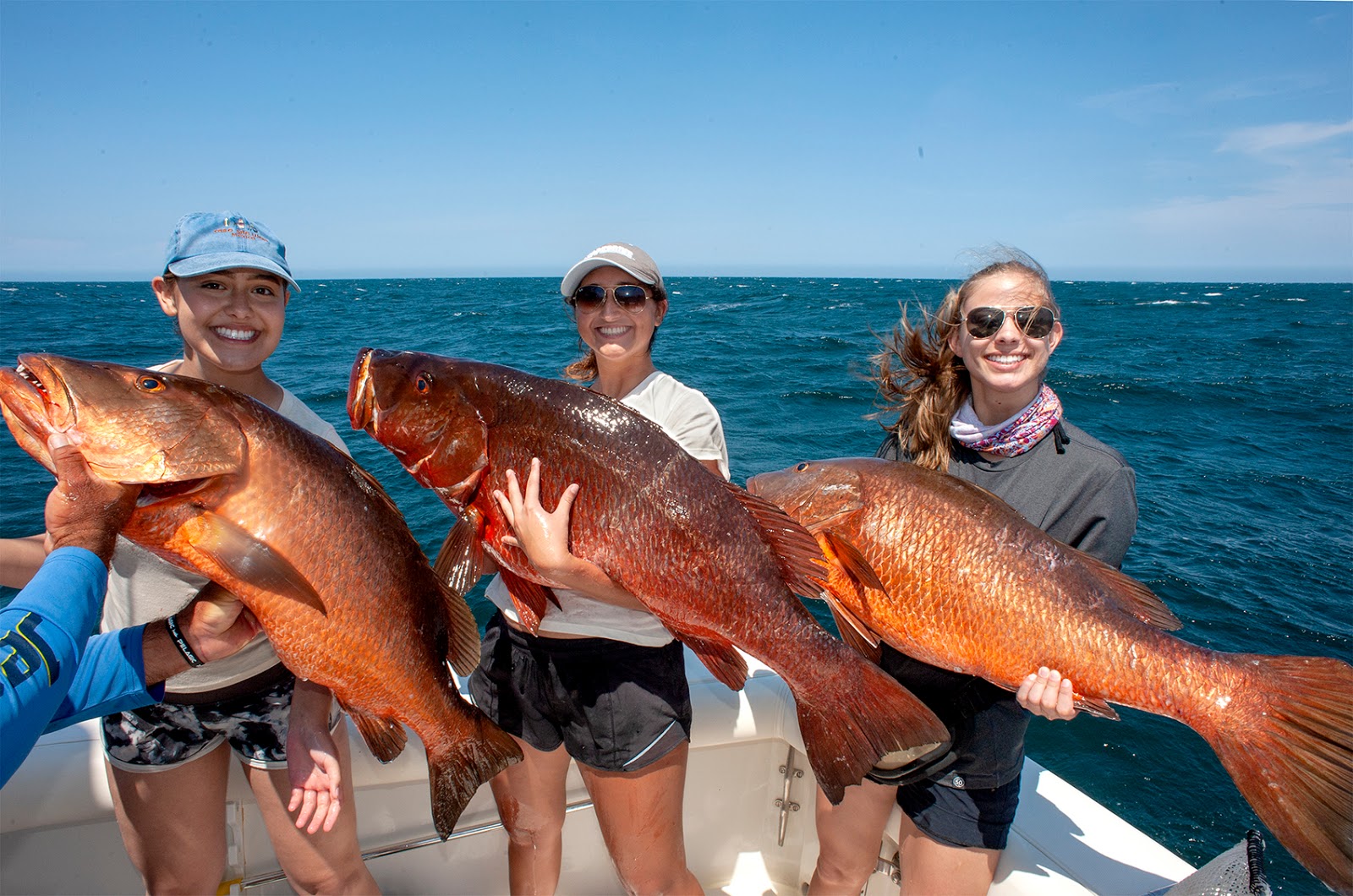
Some of the biggest fish are the Blue Marlin, Swordfish, Bluefin Tuna, Goliath Grouper and the Cubera Snapper.
Records are made to be broken, but here’s one that’s likely to stand forever. On April 21, 1959, Alfred Dean, fishing with a rod and reel, caught a great white shark that weighed 2,664 pounds. He was fishing offshore of Ceduna, Australia. Dean’s catch was certified by the International Game Fish Association as the All Tackle world record. Dean used 130-pound test line. What most anglers don’t realize is that Dean also caught a 2,344-pounder that’s the IGFA line-class record for 80-pound test.
Lakes are created by many different natural events, what are some different types of lakes?

Some different types of lakes are tectonic, volcanic, glacial, fluvial, solution, landslide, aeolian, shoreline, organic, anthropogenic and meteorite lakes.
All lakes are either open or closed. If water leaves a lake by a river or other outlet, it is open. All freshwater lakes are open. If water only leaves a lake by evaporation, the lake is closed. Closed lakes usually become saline (salty). This is because as the water evaporates, it leaves behind solids—mostly salts.
Who is it rumored sewed the first American flag?

Betsy Ross!
Betsy Ross (1752–1836) was an upholsterer in Philadelphia who produced uniforms, tents, and flags for Continental forces. Although her manufacturing contributions are documented, a popular story evolved in which Ross was hired by a group of Founding Fathers to make a new U.S. flag. According to the legend, she deviated from the 6-pointed stars in the design and produced a flag with 5-pointed stars, instead. The claim by her descendants that Betsy Ross contributed to the flag's design is not generally accepted by modern American scholars and vexillologists.
What are some of the most popular hiking trails in the world? Where is your favorite place to hike?

The most popular hiking trails are The Inca Trail in Peru, The Camino de Santiago in Spain, The John Muir Trail in the USA, The Great Wall of China Trek, The Torres del Paine Ciruit in Chile, The Wonderland Trail in the USA and The Tour du Mont Blanc in France, Italy and Switzerland.
Arguably one of the best hikes in the world, the Inca Trail offers trekkers the chance to walk in the footsteps of the ancient Incas. This 26-mile journey winds through the Peruvian Andes, leading hikers past breathtaking mountain vistas, lush cloud forests, and well-preserved archaeological sites. The trail culminates at the Sun Gate, where the first glimpse of Machu Picchu—a UNESCO World Heritage Site—leaves trekkers in awe. While the hike is challenging, the reward of witnessing one of the New Seven Wonders of the World makes every step worthwhile.
Dragonflies were some of the first winged insects to evolve about 300 million years ago! How big do you think the dragonflies from this era were?

Giant dragonfly relatives, known as Meganeura and Meganeuropsis had wingspans up to 2.5 feet. Their body length could reach 18.5 inches.
Insects reached their biggest sizes about 300 million years ago during the late Carboniferous and early Permian periods. This was the reign of the predatory griffinflies, giant dragonfly-like insects. The leading theory attributes their large size to high oxygen concentrations in the atmosphere (over 30 percent, compared to 21 percent today), which allowed giant insects to get enough oxygen through the tiny breathing tubes that insects use instead of lungs.